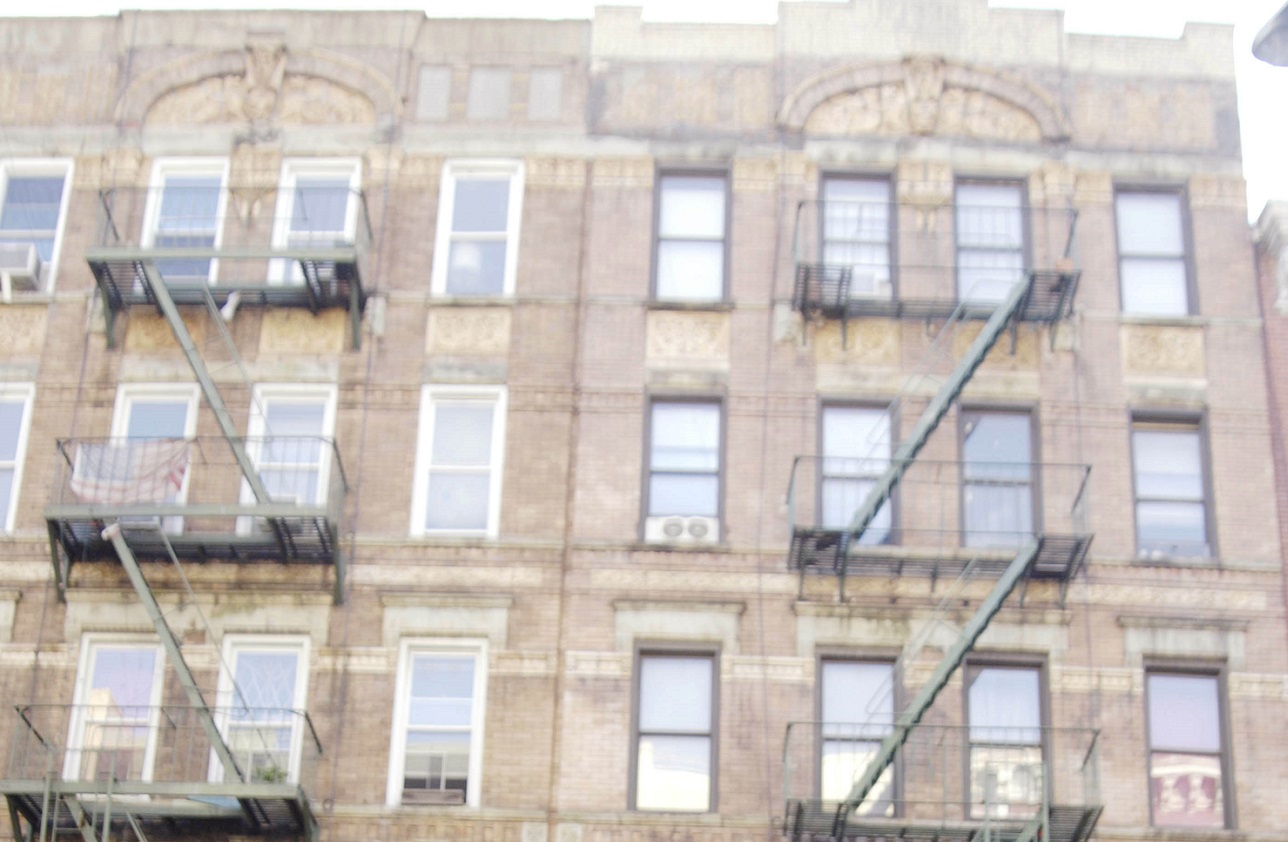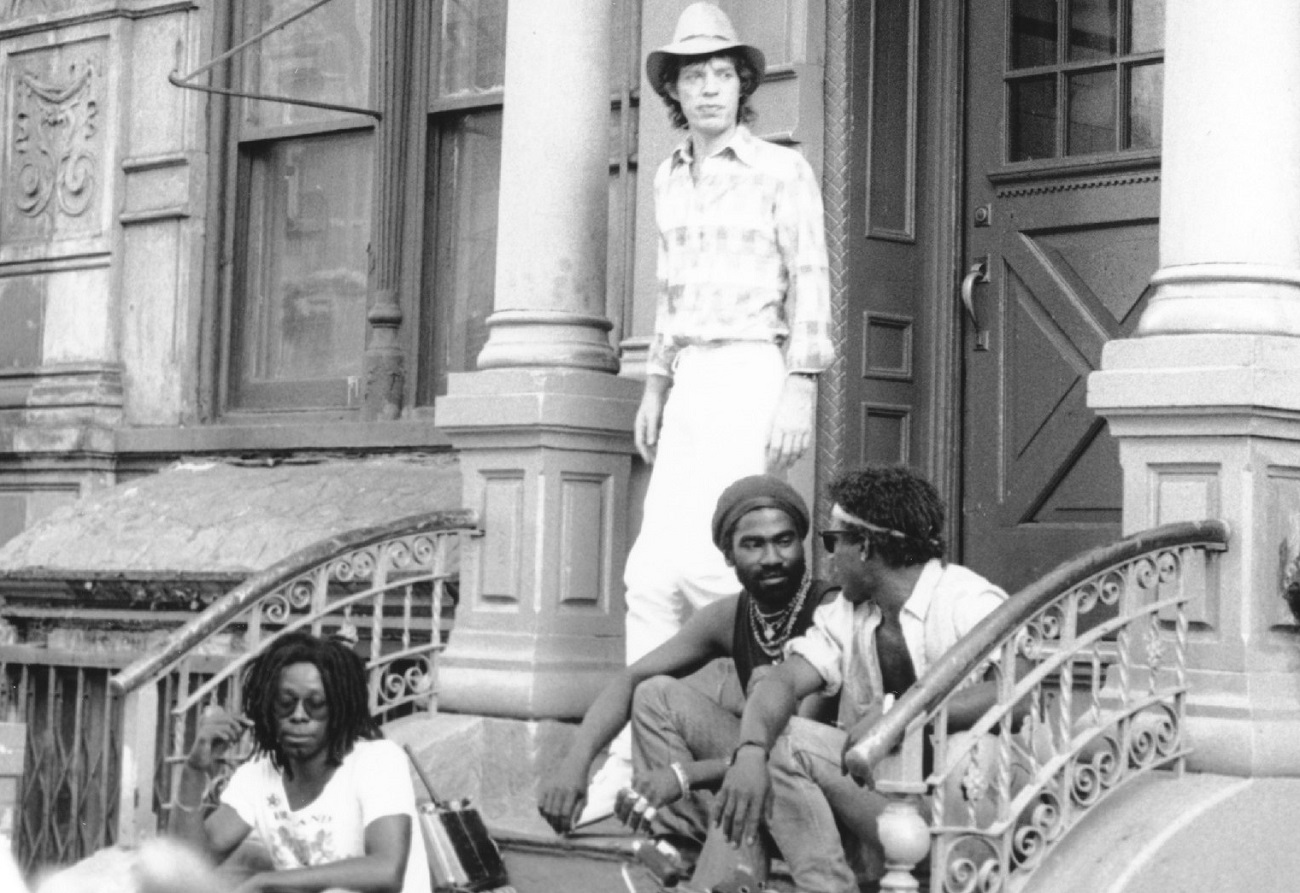The Led Zeppelin Connection in the Rolling Stones’ 1st MTV Video
The demise of Led Zeppelin came about a year before the August ’81 debut of MTV. So we never got to see the Zep do proper video treatments for late-period tracks like “Achilles Last Stand” or “Fool in the Rain.” Chances are the band would have moved on from the approach they took on The Song Remains the Same film. But who knows.
The Rolling Stones were certainly alive (if not entirely well) in the early ’80s. That’s when the band came through with Tattoo You (1981), a collection of tracks they’d begun working on during the ’70s. That album remains the last by the Stones to hit No. 1 in America.
Needless to say, a band fronted by Mick Jagger would not be shut out of MTV. And the Stones came up big with “Waiting on a Friend,” the band’s first clip to hit the fledgling video network. Shot by director Michael Lindsay-Hogg (Let It Be, Rock and Roll Circus), it kicks off at a building made famous on the cover of Led Zeppelin’s Physical Graffiti (1975).
The Rolling Stones ‘Waiting on a Friend’ video starts at the Led Zeppelin ‘Physical Graffiti’ building

The design for Physical Graffiti, one of Zeppelin’s great covers (and greatest albums), features the title spelled out in the windows of the buildings at 96-98 St. Mark’s Place in New York’s East Village. You see the side-by-side tenements from the street level, with one upper floor of the building removed for artistic purposes.
When the Stones’ video for “Waiting on a Friend” opens, Jagger is standing on the stoop at 96 St. Mark’s. A few friends (one of them a reggae legend) hang out on the steps below. And the camera tracks the approach of Keith Richards, who traipses down First Avenue past the legendary, now-fallen International Bar (salute to the International 13 gang).
In terms of song and video concept, things don’t get much deeper than this in “Waiting on a Friend.” Jagger drops some lyrics that won’t land in the songwriters hall of fame (e.g., “I’m just standing in a doorway”), and eventually the Stones’ singer-songwriter takes a seat.
But Mick is in good company there. That’s Peter Tosh, then signed to the Stones’ record label, hanging out on St. Mark’s. And before the end of the track listeners get to hear jazz legend Sonny Rollins wail on his saxophone.
Led Zeppelin spent a fortune on the ‘Physical Graffiti’ cover

If you’ve never held a copy of the Physical Graffiti double LP in your hands, it’s something you need to do. (In fact, everyone should own this album.) It’s quite a piece of artwork for a rock release.
The credits include about six people for the various photographs (front and back), the tinting, the illustrations for the windows, the layout, and so on. At the time of its release, it was the most expensive record packaging ever commissioned.
Don’t worry: Zeppelin covered the costs by selling more than eight million copies. (It gets credited for going platinum 16 times over because of the two discs inside.)
The building is still there to check out. Over the years, the little shop below 96 St. Mark’s has hosted a vintage clothing shop called Physical Graffiti. At press time, it was in its latest incarnation: Physical Graffitea. Bring a mug.


